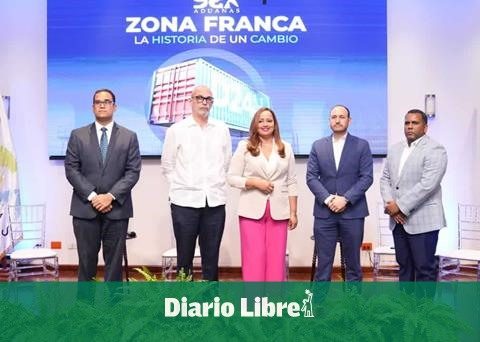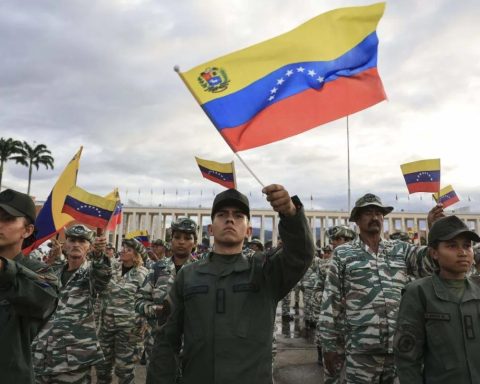Prepare glasses, a magnifying glass and bring a lot of patience when in April 2026—in just over a year—you go to your voting center to elect the next president of the Republic. At the moment, you will see 39 various symbols of political parties and possibly the same number of faces of candidates for the Government Palace, since that is the number of groups registered in the official registry of the National Election Jury (JNE) who, therefore, are qualified to present their presidential plan in those elections.
LOOK: Vladimir Putin willing to meet with Donald Trump: Everything he said about it
One by one, you will have to search from top to bottom for your preferred candidate in a document that, it is projected, will have an unexpected size, similar to that of a flipchart, just as you read it. (see attached table). Worse still, the number could be increased to 70 if the thirty-one parties that are in the registration process manage to do so no later than April 12, 2025.
Among the registered parties are those that have representation in Congress and those emblematic that lost their registration and seek to regain notoriety, such as the cases of APRA and the PPC.
But there are also those who will have their first experience in the fight and, although they should consolidate their cadres and get closer to the population, they do not register activity, at least on social networks. Such is the case of Popular Cooperation, which intends to nominate the former congressman Yonhy Lescano again to the highest judiciary of the country. Peru21 He confirmed that his Facebook account has a little more than 800 followers and his last publication is from September. The same thing happens with the Peruanos Unidos Somos Libres party, of the former supreme prosecutor. Tomas Galvez.
Other groups do not register activities either, but their visible leaders do. In the case of Ahora Nación, of the rector of the UNI, Alfonso López Chautheir political positions are published on the networks. In certain cases, the media exposure of both the leaders and the presidential candidates is more noticeable. It happens with Let’s Save Peru, by the former minister Mariano Gonzalezand with País Para Todos, which heads Carlos Alvarez. Gonzáles and Álvarez do offer interviews to the media in which they defend their vision of the country and their government proposals. In the PPC, the campaign to elect its candidate was advanced.
On the other hand, parties like SíCreo, of the journalist Carlos Espáthey do not even have active social media accounts where their activities are disseminated. Unity and Peace, from the congressman Roberto Chiabraonly shares his statements when he is interviewed for the position he holds.
A YEAR IN WHICH SEVERAL PARTIES WERE BORN
In the last quarter of 2024, four parties achieved registration in the JNE. These were Unity and Peace (October 2), Voices of the People, by the congressman Guillermo Bermejo (October 23), Peruanos Unidos Somos Libres (November 20) and Popular Cooperation (November 25).
But this year was especially fruitful for politicians who sought to record their symbols in the electoral processes. In total, there were 14 political organizations that registered. The first was SíCreo (March 18) and was followed by PTE Perú, from the Cajamarcan administrator Napoleon Becerra García (April 5).
In July, four more groups received the good news: Nuevo Perú, from the former congresswoman Veronika Mendoza; Let’s progress, Hernando de Soto; Works, and Now Nation. In August, the Good Government Party, of the former minister, managed to register Jorge Nieto Montesinos; Country For All; and Fuerza Moderna, from the former minister Fiorella Molinelli.
The National Directorate of the Registry of Political Organizations (ROP) of the JNE continues to evaluate registration requests. What surprises will 2025 bring us?
Take advantage of the NEW EXPERIENCE, receive our enriched digital newspaper by mail and WhatsApp. Peru21 ePaper.
Now available in Yape! Find us at YAPE Promos.
RECOMMENDED VIDEO:














